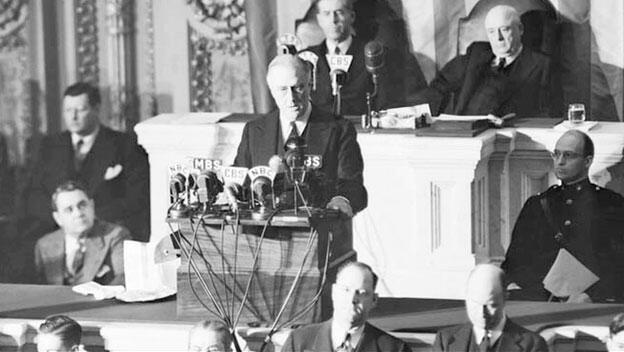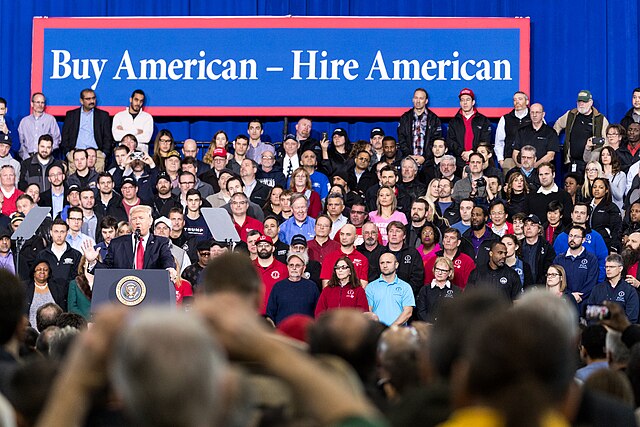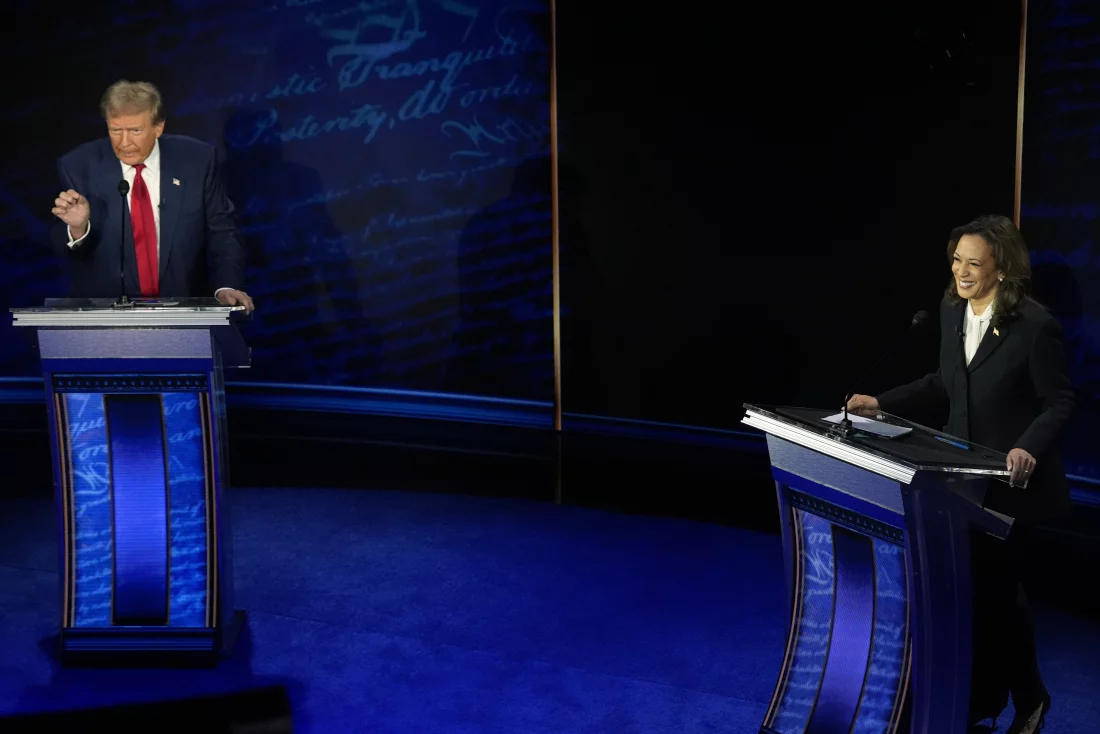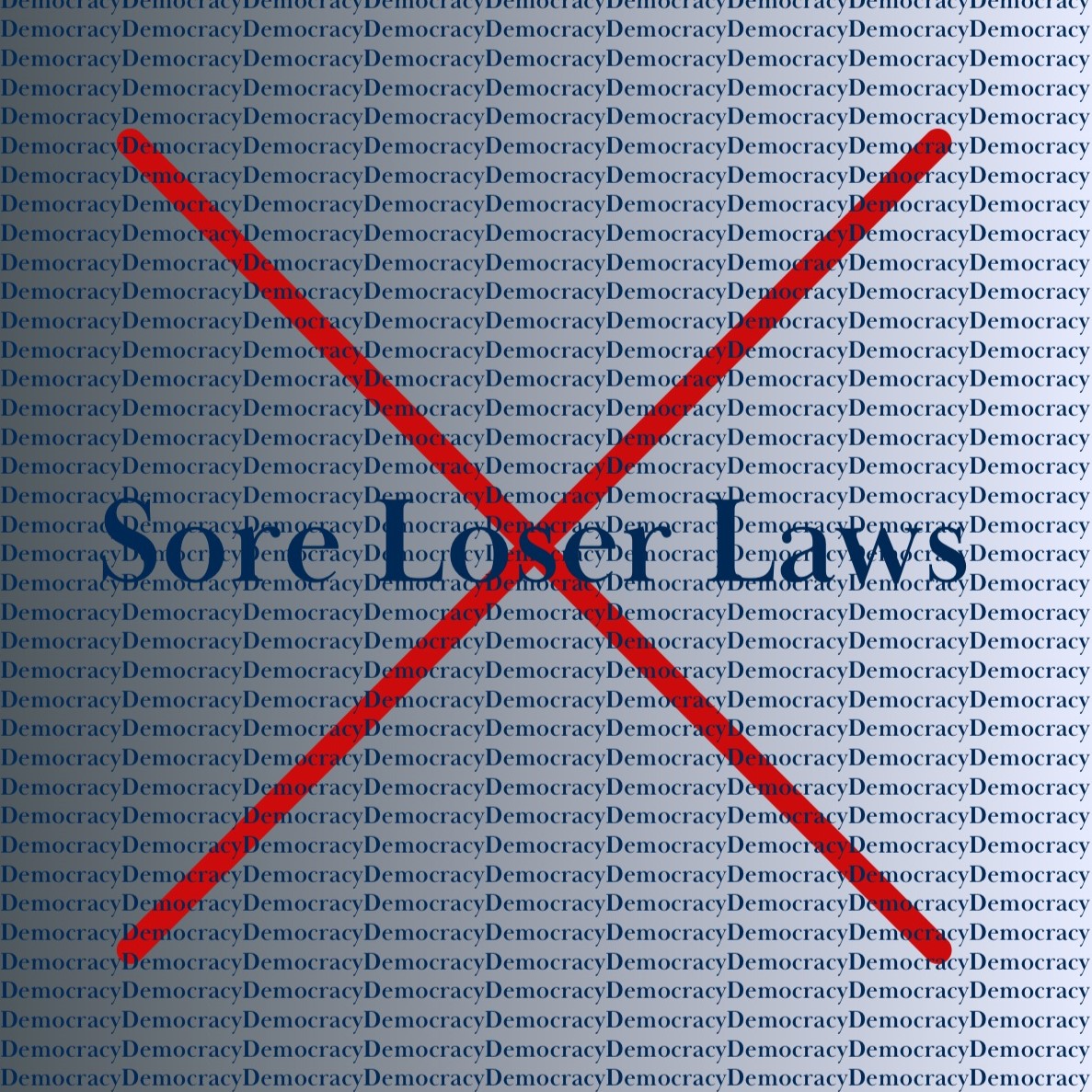On December 7, 1941, the Empire of Japan attacked Pearl Harbor, Hawaii. The next day, President Franklin D. Roosevelt addressed the U.S. Congress, which immediately and overwhelmingly declared war on Japan, pulling the United States into World War II. Nearly four years later, the United States detonated atomic bombs on Hiroshima and Nagasaki, wherefore Japan surrendered, and the Allied powers – the United States, Great Britain, the Soviet Union, and their allies – officially defeated the Axis powers and ended the war. Yet, society commonly overlooks the hypocrisy of the United States. The United States had fought to free Germany, an Axis power, from the holds of Adolf Hitler, who, during the Holocaust, oversaw the murder of over six million Jews. At the same time, the United States also incarcerated people based solely on race and ancestry.
Before World War II, the Federal Bureau of Investigation had kept tabs on “potential” enemy agents, including Japanese immigrants and noncitizens. However, after Pearl Harbor, the federal government extended its “suspicion” to all people of Japanese descent, regardless of citizenship status. The United States, at the time, feared that another attack from Japan was probable, especially on the West Coast, where a direct hit could wipe out vital economic sectors. Roosevelt acted upon these fears and issued the infamous Executive Order 9066, which led to the internment of over one-hundred-twenty-thousand Japanese Americans across the West Coast.
For the sake of “national security,” the United States administered a loyalty questionnaire to all internees “to distinguish between the loyal and disloyal people of Japanese ancestry,” according to Dillon Myer, who served as director of the War Relocation Authority from 1942 to 1946. Question 28 of the questionnaire asked, “if individuals would swear unqualified allegiance to the United States and forswear any form of allegiance to the Emperor of Japan.” This question presumed that those with Japanese ancestry, regardless of citizenship, had allegiance to the Emperor of Japan. Yet, two-thirds of them were American-born, and many had never set foot on the island, so they had nothing to forswear. Nevertheless, those who answered “no” – 15.6% of the respondents – were deemed “disloyal” and sent to Tule Lake, California. On the other hand, the “loyal” people relocated from Tule Lake to six different internment camps. That way, the “loyal” and “disloyal” would be separated.
A couple of months later at Tule Lake, the internees and camp leadership started to clash, after a tragic farm truck accident, which left five internees injured and one dead. Soon after, internees camp-wide went on strike, where they called for safer working conditions and refused to work until camp leadership addressed their concerns. Tule Lake Project Director Raymond Best turned a blind eye, and, instead, hired “loyal” strikebreakers, who earned a higher wage than the internees. A month later, the Daihyo Sha Kai, which represented the internees, attempted to negotiate with Myer and Best, who, expectedly, declined. For that reason, the internees, based on monetary persecution and censorship, took matters into their own hands and blocked food shipments to strikebreakers. In response, martial law was imposed, and many suffered because they were underpaid, underfed, and subjected to harsh military control.
At the same time, a case bounced around the judicial system that sought to challenge the constitutionality of Executive Order 9066: Korematsu v. United States (1944).
On May 9, 1942, twenty-three-year-old Fred Korematsu, a Japanese American, refused to be relocated to the Tanforan Assembly Center. By the end of the month, he was arrested, and a federal district court declared that he had violated military orders. However, with the assistance of Ernest Besig of the American Civil Liberties Union, Korematsu was able to appeal his case to the U.S. Supreme Court, which upheld his conviction by a 6-3 vote. Justice Hugo Black – a liberal icon, former U.S. senator, and Roosevelt appointee – wrote the majority opinion, where he concluded that the segregation of Japanese Americans from the West Coast was rooted in military necessity, not race. Black, in Korematsu, chose, in his mind, not to interfere with war-related matters, and, instead, deferred the matter at hand to the other branches of government. According to Justice Felix Frankfurter, Black said, “Somebody must run this war. It is either Roosevelt or [the U.S. Supreme Court]. And we cannot.”
No matter what, Black had violated his Constitutional Oath, where he swore to “support and defend the Constitution of the United States.” To “defend the Constitution,” Black should have protected the constitutional system of checks and balances and questioned whether Executive Order 9066 was unconstitutional, but instead, trusted the executive branch, which allowed Roosevelt to become powerful, and violate human rights. On the other hand, Justice Frank Murphy, who dissented from the majority opinion, was open-minded, and analyzed Korematsu, in accordance with his oaths of office. In due time, his line of reasoning was shown to be spot on, and had the whole court addressed his sentiments, Korematsu may, indeed, could have been decided differently.
Murphy, in his dissenting opinion, noted that Executive Order 9066 was “the legalization of racism,” and could be compared similarly to the “abhorrent and despicable treatment of minority groups by the dictatorial tyrannies which this nation is now pledged to destroy.” Further, when he questioned Executive Order 9066, he noted that had there been, after Pearl Harbor, imminent danger to the public, the military would have acted promptly, and would not have taken four months to issue an exclusion order. For that reason, Murphy knew that Executive Order 9066 was a race-based decision. Yet, in Korematsu, the court was shown the “Final Report: Japanese Evacuation from the West Coast, 1942,” a report written by General John DeWitt to serve as the rationale for why he recommended internment. However, before the report was publicly released and presented to the court, the Federal Bureau of Investigation refuted his claim that Japanese Americans had engaged in espionage, which was the foundation of his argument for the military necessity of internment. After that, however, to protect Dewitt’s reputation, the War Department halted publication of the report, so a diluted version could be created, and subsequently released. The court was not aware of this discrepancy.
In 1982, after said discrepancy was publicly disclosed, Korematsu filed a writ of error coram nobis. While his conviction was vacated, Korematsu was not overturned, and it can still be used as precedent. In recent years, Korematsu was cited in Trump v. Hawaii (2018), which dealt with then-President Donald Trump’s travel ban. In Trump, Chief Justice John Roberts wrote, “Korematsu was gravely wrong the day it was decided, has been overruled in the court of history, and—to be clear—‘has no place in law under the Constitution.’” This statement condemned but did not overturn Korematsu.
According to novelist Paulo Coelho, “When you repeat a mistake, it is not a mistake anymore: it is a decision.” Thus, since the court accepted racial stereotypes in Korematsu and Trump, the court has shown that fiction over fact, in race-related cases, can – and will – prevail.
Sources Referenced:









